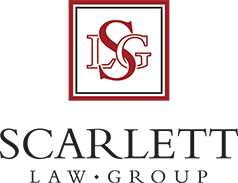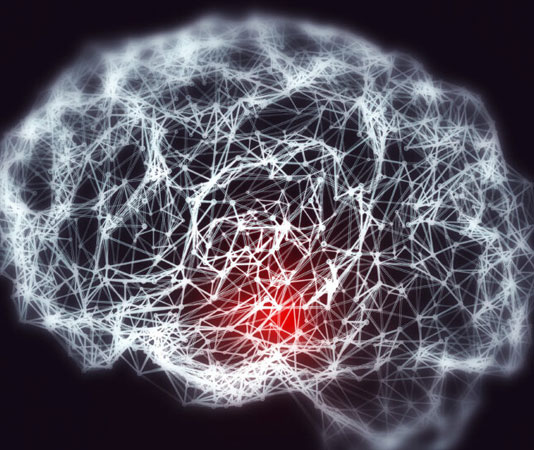Shaken baby syndrome, also known as abusive head trauma, is a devastating form of child abuse that occurs when a baby or small child is violently shaken. The shaking causes traumatic brain injury and bleeding around the brain and eyes. Sadly, shaken baby syndrome is a leading cause of child abuse deaths in the United States.
When a shaken baby case occurs, the hard questions begin around accountability and preventing future tragedies. This article examines caregiver liability issues in shaken baby cases and provides tips on how we can work together as a society to stop these heartbreaking events.
Understanding Shaken Baby Syndrome
Shaken baby syndrome usually occurs when a frustrated caregiver shakes a baby as a misguided attempt to stop crying or other behavior the adult finds annoying. Adults may shake babies for a variety of reasons like crying, toilet training difficulties, feeding problems, or even just playing. Many caregivers are unaware of just how damaging shaking can be to a baby’s developing brain and weak neck muscles.
The violent shaking causes bleeding around the brain and damage to the brain cells. The blood vessels in a baby’s brain are very fragile and rupture easily. The brain then bounces back and forth inside the skull during shaking. This can lead to serious and potentially fatal brain injury. In addition to brain trauma, shaking can damage the eyes and cause bleeding in the retinas. Spinal cord and neck injuries are also common.
The results of shaken baby syndrome include brain damage, intellectual disabilities, physical disabilities like blindness, paralysis or seizures, and death. At least one out of four babies dies as a result of being shaken.
Prosecuting Shaken Baby Cases
When a shaken baby case occurs, law enforcement gets involved to determine if child abuse charges should be filed. Medical professionals look for the tell-tale “triad” of symptoms pointing to shaken baby syndrome – brain swelling and bleeding, bleeding in the retinas, and brain or spinal injuries without any other external signs of abuse.
If medical evidence shows a baby’s injuries align with abusive head trauma, the investigation then focuses on identifying the perpetrator. Since shaken baby syndrome almost always occurs when a baby is alone with a caregiver, attention goes to the adults with the opportunity to commit the abuse. Interviews are conducted with the parents and any other caregivers like babysitters, nannies, or relatives.
Building a criminal case for shaken baby abuse requires proving both actus reus and mens rea. The physical act or actus reus is the violent shaking. The mens rea or “guilty mind” is the criminal intent and knowledge that violently shaking a baby could cause harm.
Since babies are often unable to say who hurt them, the case usually relies on circumstantial evidence. Things like inconsistent stories, a history of violence, or admitting to shaking the child can help prove criminal liability. Doctors may also provide expert testimony on the extent of injuries and force required to cause that level of harm.
If criminal charges are filed, the abuser then goes through the legal process, which could lead to prison time. However, punishment alone does little to prevent future cases. More must also be done to stop these tragedies before they occur.
Preventing Shaken Baby Syndrome
There are several things we can do as a society to help stop shaken baby syndrome:
Educate New Parents
Hospitals and pediatricians must make sure all new parents are warned about shaken baby syndrome before discharge after birth. They should advise parents on normal infant crying patterns and how to manage frustration. New dads need education, too, since they are most often the perpetrators.
Home Visiting Programs
Programs providing parent coaching and support through home visits have succeeded in reducing abuse. Nurses or social workers can demonstrate soothing techniques, discuss parenting challenges, screen for post-partum depression, and more.
Community Support
Churches, neighborhoods, and non-profits should reach out to families in need of respite care, emotional support, or parenting advice. New parent support groups can also allow struggling caregivers to realize they aren’t alone.
Frustration Coping Strategies
Caregivers should develop plans for handling baby crying or other frustrations. Tuning out stressful stimuli and calming themselves first is key. Parents can let babies cry in a safe space for 5-10 minutes while composing themselves. Calling a friend, listening to music, taking deep breaths, or meditating are good options.
Mandatory Reporting
The public must report suspicions of child abuse early before shaken baby syndrome occurs. While no one wants to break up families, speaking up can save lives.
Public Awareness Campaigns
Billboards, commercials, social media posts, and other campaigns can educate on the dangers of violently shaking infants. Targeting male caregivers and teenage babysitters is key.
Counseling and Anger Management
Offering free parenting classes, counseling, and anger management for at-risk parents could prevent abuse. Job skills training, addiction support, and mental health treatment are also beneficial.
Daycare Licensing Requirements
Daycares should be required to train staff on handling crying babies safely. Policies like providing calming breaks can help frustrated workers cope. Licensing boards must enforce these rules.
Financial Assistance Programs
Government aid for childcare, food, healthcare, and housing alleviates family stress and reduces abuse risks. People shouldn’t be denied benefits due to immigration status or past criminal records.
Paid Family Leave
Allowing new parents more paid time off work and job protection would provide for babies while allowing parental bonding. Many cases stem from caregivers being overwhelmed, isolated, and under-supported.
While shaken baby syndrome remains a real threat to infant safety, education, community support, and prevention strategies can reduce cases. By working together, we can help caregivers develop positive coping techniques when stressed. The end goal is to keep all babies safe, healthy, and happy.
If your baby has been shaken, contact us immediately to protect your rights. We have decades of experience holding negligent parties accountable and helping victims and families move forward. You don’t have to handle this alone.
Call now for a free consultation on (415) 352-6264 or visit our office at 536 Pacific Avenue, San Francisco, CA 94133.

